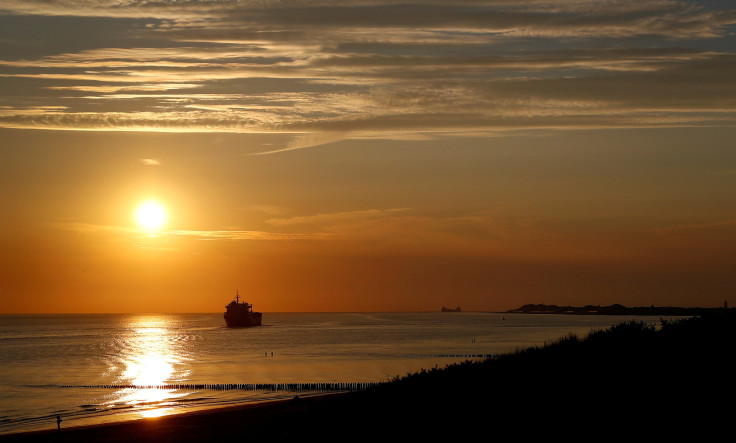Butterfly Effect: South American Drought Linked To Climate Event In Indian Ocean

The record-breaking drought that struck South America in 2013/2014 is now being linked to a climate event that occurred on the other side of the world: in the Indian Ocean, which may very well be the manifestation of the butterfly effect.
The 2013/14 eastern South America drought was one of the worst the region experienced in many years.
A new study suggesed that it began with strong atmospheric convection over the Indian Ocean, which produced a powerful planetary waves that rippled across the South Pacific and the South Atlantic, where it altered the normal atmospheric circulation over South America.
Study researcher Regina Rodrigues, from the Federal University of Santa Catarina in Florianópolis, Brazil, explained that the atmospheric waves produced the so-called blocking high, a large area of high pressure, that stalled off the east coast of Brazil.
The drought that followed lead to water shortage, increased number of dengue faver cases and reduced coffee production that caused shortage in global supply and price increases. The high pressured system that stalled over the ocean also impacted marine life and environment.
"Highs are associated with good weather. This means clear skies - so more solar energy going into the ocean - and low winds - so less ocean cooling from evaporation,” Rodrigues said. “The result of this blocking high was an unprecedented marine heatwave that amplified the unusual atmospheric conditions and likely had an impact on local fisheries in the region."
Rodrigues and colleagues also found that the atmospheric waves was not an isolated event. Strong convections half the world away in the Indian Ocean had previously caused drought impacts in South America.
“The proposed mechanism, which involves droughts, extreme air temperature over land and atmospheric blocking explains approximately 60% of the marine heatwave events in the western South Atlantic,” Rodrigues and colleagues wrote in their study.
Strong winds produce ocean swells that travel thousands of kilometers from where they were generated. Large-scale atmospheric waves are similar to ocean swells. They form when the atmosphere is distrubed, generating waves that travel around the planet.
The research, which was published in Nature Geoscience, is the latest climate case study that links distant events in one region to major climate events half the world away. Researchers said it provides proof that the world is interconnected.
© Copyright IBTimes 2025. All rights reserved.





















